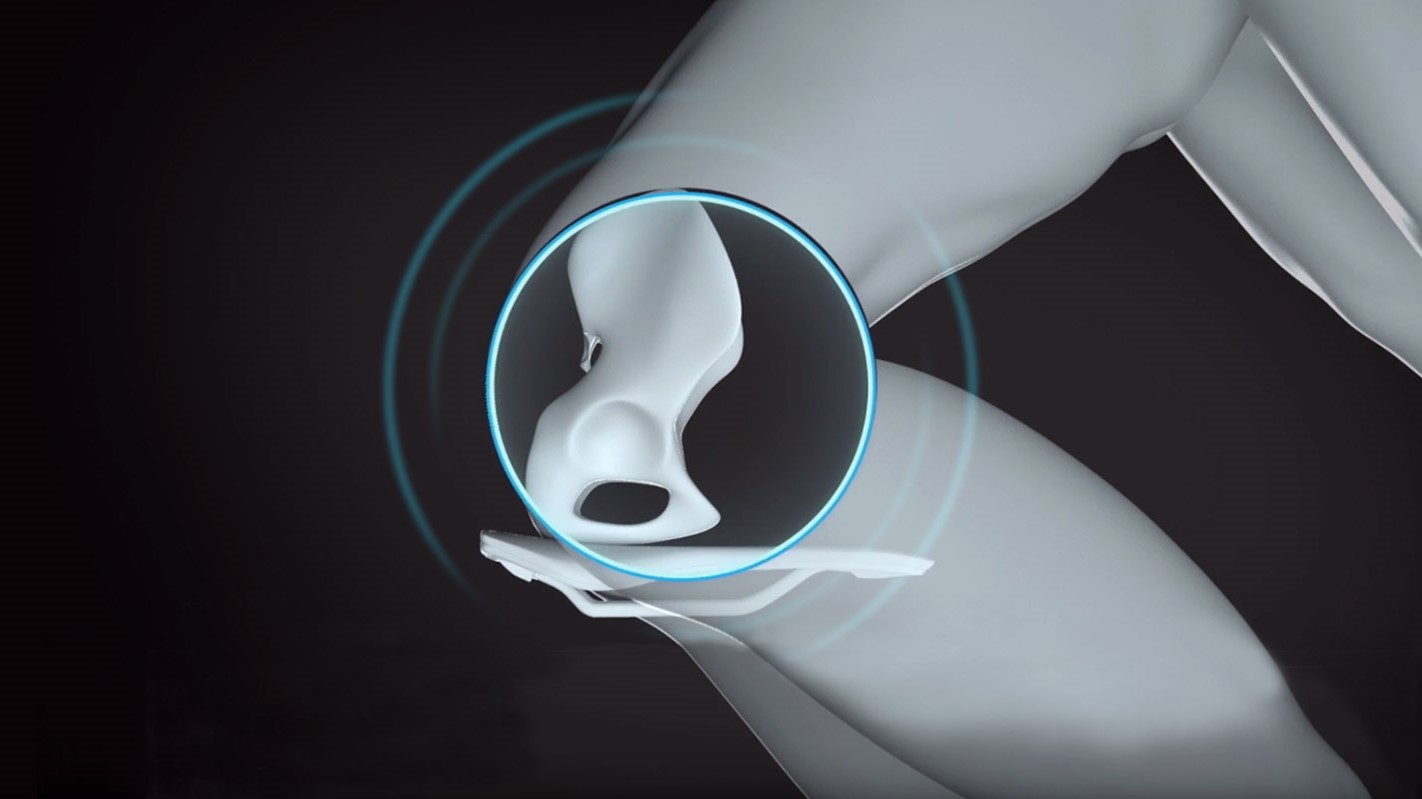

Non-sexually acquired genital ulceration (NSGU) is painful ulceration of the external genitalia, usually in adolescents, unrelated to sexual activity.
Know how you can contact your provider if you have questions.What is non-sexually acquired genital ulceration?. If you have a follow-up appointment, write down the date, time, and purpose for that visit. Know what to expect if you do not take the medicine or have the test or procedure. Know why a test or procedure is recommended and what the results could mean. Ask if your condition can be treated in other ways. Know why a new medicine or treatment is prescribed, and how it will help you. Also write down any new instructions your provider gives you. At the visit, write down the name of a new diagnosis, and any new medicines, treatments, or tests. Bring someone with you to help you ask questions and remember what your provider tells you. Before your visit, write down questions you want answered. Know the reason for your visit and what you want to happen. Tips to help you get the most from a visit to your healthcare provider: Any woman with certain allergies, sensitivities, infections, or diseases can develop it. It is not a condition, but a symptom with many possible causes. Sitz baths with soothing compounds (to help control the itching). Self-help measures (for example, avoiding irritants). Expectations for the course of the disease. Your tolerance for specific medicines, procedures, or therapies. Your age, overall health, and medical history. Specific treatment for vulvitis will be discussed with your healthcare provider based on: It also shows other conditions, such as infection or inflammation. It’s used to detect changes that may be cancer or may lead to cancer. Pap test. This test involves microscopic exam of cells collected from the cervix. Tests for sexually transmitted diseases (STDs). How is vulvitis diagnosed?Īlong with a complete medical history and physical and pelvic exam, other tests may include: Always talk with your healthcare provider for a diagnosis. The symptoms of vulvitis may look like other conditions or medical problems. Sore, scaly, thick, or white patches on the vulva. Redness and swelling on the labia and other parts of the vulva. 
What are the symptoms of vulvitis?Įach person may experience symptoms differently. Women may develop it before puberty and after menopause. Infections such as pubic lice or mites (scabies)Īny woman with certain allergies, sensitivities, infections, or diseases can develop vulvitis.Wearing a wet bathing suit for a long period.Underwear made of synthetic material without a cotton crotch.Vaginal sprays, deodorants, and powders.

Vulvitis may be caused by one or more of the following: Because it can be challenging to find the exact cause, diagnosing and treating this condition can be difficult. This can include infections, injuries, allergies, or irritants. It’s a symptom that can result from an array of diseases.
Friction blisters on vag skin#
This is the soft folds of skin outside the vagina. Vulvitis is an inflammation of the vulva.







 0 kommentar(er)
0 kommentar(er)
